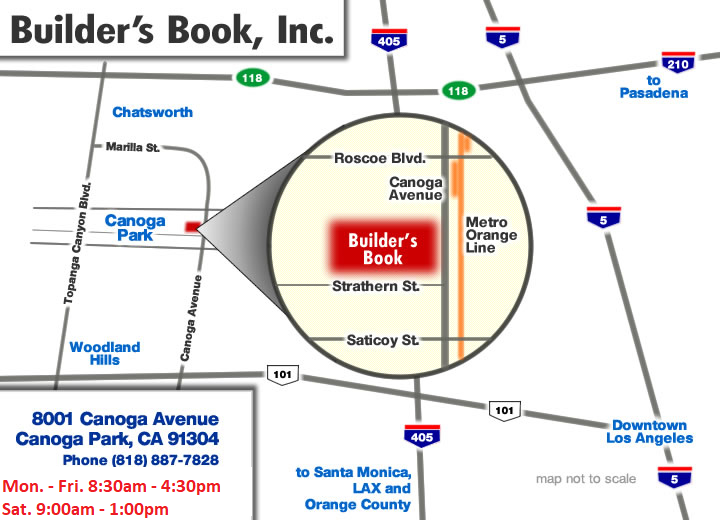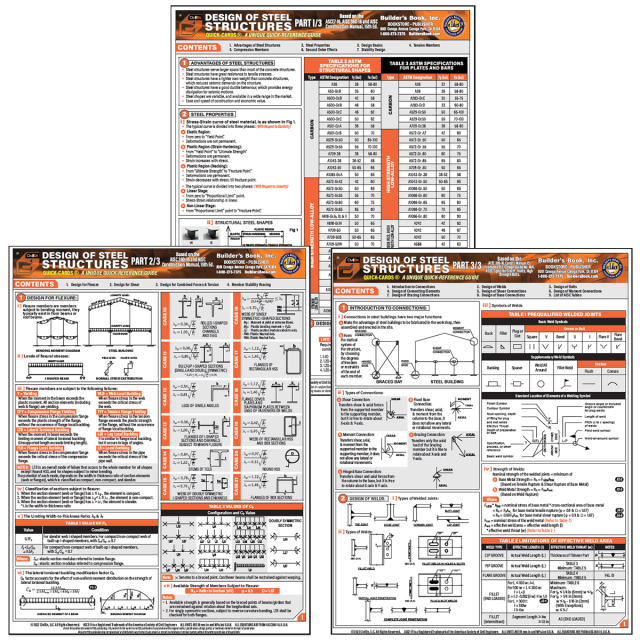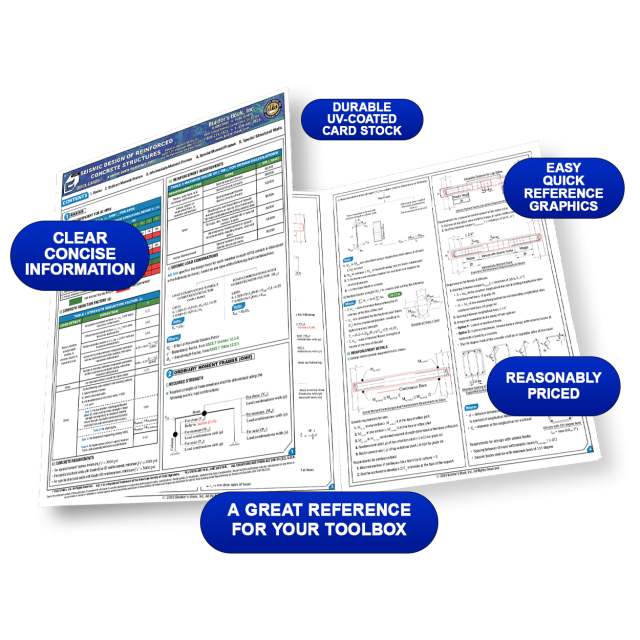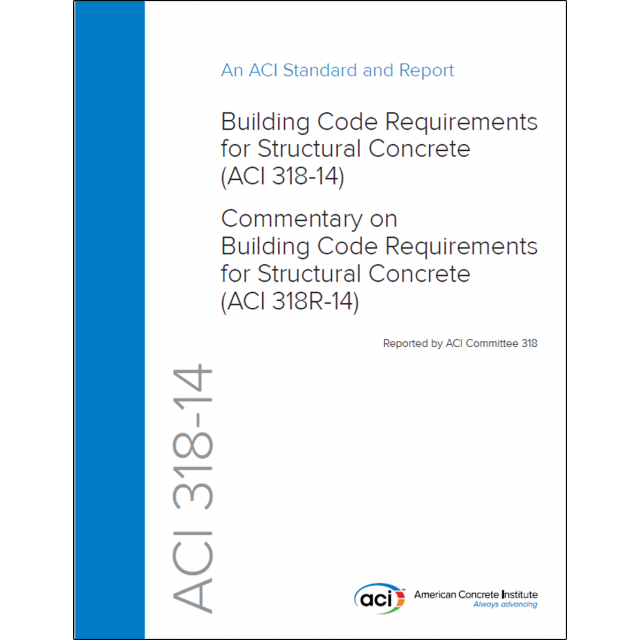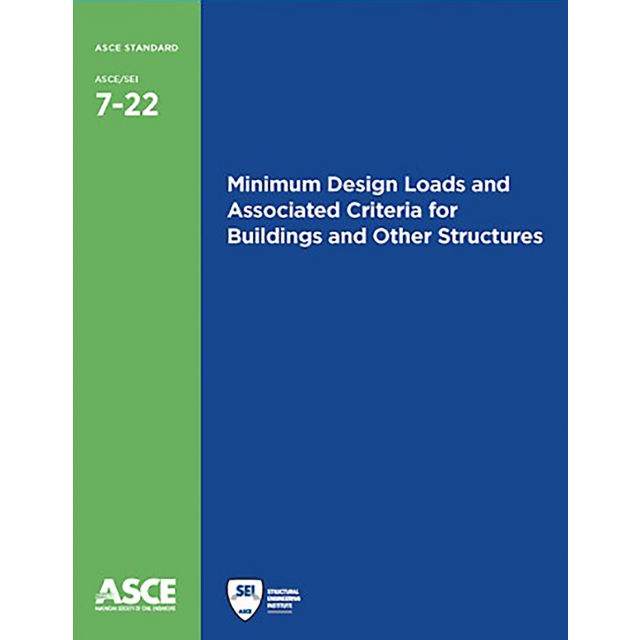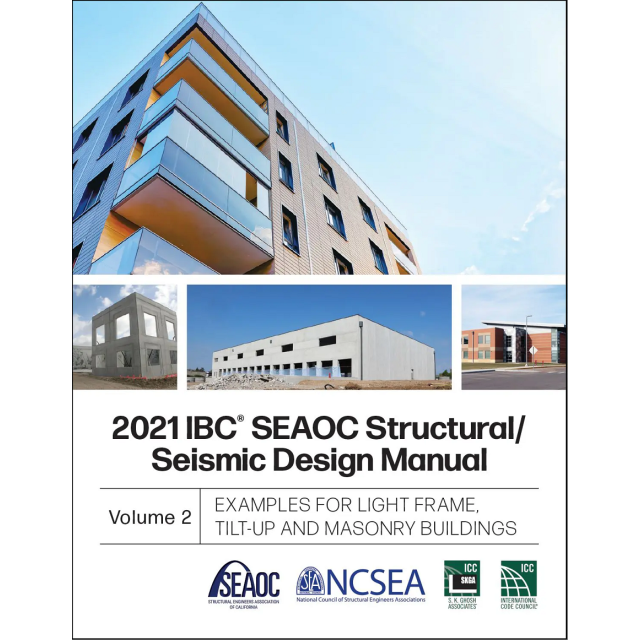Limit Design of Tilt-Up
The Limit Design procedure that is developed and formally presented in this design guide meets the strength design provisions of ACI 318-14. However, until nonlinear static analysis procedures are fully adopted by the building community, Limit Design of Tilt-Up is intended to meet the performance-based procedures allowance in Section 1.3 of ASCE/SEI 7-10 and the Alternate Means and Methods (AM&M) provisions in Section 104.11 of the 2015 International Building Code (IBC). Compliance with these sections allows the designer to use procedures not specifically outlined in the governing codes and standards. The economic benefits of Limit Design (i.e., the potential for overall steel reduction and less-stringent prescriptive seismic detailing) are coupled with increased structural reliability related to the seismic performance objectives established in the IBC. Put simply, when Limit Design is used for tilt-up panels, designers are in control of the design; they can place reinforcing steel where needed and fully document how the structure will move during the design earthquake.
Following a brief introductory chapter, Chapter 2 of Limit Design of Tilt-Up introduces the reader to work-energy concepts and nonlinear static procedures. Along with these concepts and procedures, Chapter 2 discusses a philosophical comparison of the nonlinear static method to the Equivalent Lateral Force procedure. Chapter 3 formally develops and presents Limit Design of tilt-up and concludes with simple steps that can aid the designer when applying the procedure. Chapter 4 presents four design examples of Limit Design of tilt-up.
| Price | $89.95 |
|---|---|
| Customer Service | We're Here To Help! Call us anytime during our customer service hours... Monday through Friday - 8:30 am to 4:30 pm (Pacific) Order Questions:
TOLL FREE, 800-273-7375 (Outside the U.S. call 818-887-7828). Our Address: 8001 Canoga Avenue Canoga Park, CA 91304 US Phone: 800-275-2665 E-mail: sales@buildersbook.com
|
| Description | The Limit Design procedure that is developed and formally presented in this design guide meets the strength design provisions of ACI 318-14. However, until nonlinear static analysis procedures are fully adopted by the building community, Limit Design of Tilt-Up is intended to meet the performance-based procedures allowance in Section 1.3 of ASCE/SEI 7-10 and the Alternate Means and Methods (AM&M) provisions in Section 104.11 of the 2015 International Building Code (IBC). Compliance with these sections allows the designer to use procedures not specifically outlined in the governing codes and standards. The economic benefits of Limit Design (i.e., the potential for overall steel reduction and less-stringent prescriptive seismic detailing) are coupled with increased structural reliability related to the seismic performance objectives established in the IBC. Put simply, when Limit Design is used for tilt-up panels, designers are in control of the design; they can place reinforcing steel where needed and fully document how the structure will move during the design earthquake. Following a brief introductory chapter, Chapter 2 of Limit Design of Tilt-Up introduces the reader to work-energy concepts and nonlinear static procedures. Along with these concepts and procedures, Chapter 2 discusses a philosophical comparison of the nonlinear static method to the Equivalent Lateral Force procedure. Chapter 3 formally develops and presents Limit Design of tilt-up and concludes with simple steps that can aid the designer when applying the procedure. Chapter 4 presents four design examples of Limit Design of tilt-up. |


